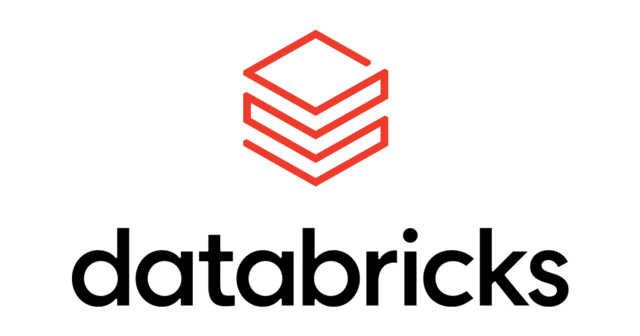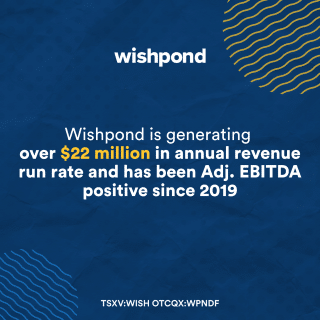
When Nvidia is involved, these days, there is sizzle.
The world’s hottest tech company, boasting a trillion-dollar plus valuation, has invested in Databricks, in what Forbes is calling “one of the most anticipated initial public offerings in years”.
With a recent $500-million Series 1 Round, Databricks has already become the eighth most valuable private company in the world. Excitement for the IPO, alongside fellow tech player Instacart, is gearing up.
So what is Databricks?
Databricks history
Databricks is a technology company that was founded in 2013. It was established by the original creators of Apache Spark, a popular open-source big data processing framework. The company was founded in Berkeley, California, and has since grown into a leading provider of cloud-based data analytics and artificial intelligence (AI) platforms.
Databricks’ founders include Ali Ghodsi, Andy Konwinski, Ion Stoica, Matei Zaharia, Patrick Wendell, Reynold Xin, and Scott Shenker. The company’s headquarters are in San Francisco, California, and it has expanded globally with offices in multiple locations, including the United States, Europe, and Asia.
The company’s mission is to simplify and accelerate data analytics and AI for organizations by providing a unified platform that brings together data engineering and data science teams. Databricks’ integration with Apache Spark is a core component of its platform, enabling users to efficiently process and analyze large datasets.
Since its founding, Databricks has gained significant recognition and has become a valuable resource for organizations looking to harness the power of big data and machine learning to gain insights and make data-driven decisions.
What does Databricks do?
Databricks is a powerful cloud-based data analytics and artificial intelligence (AI) platform that has gained significant popularity in the fields of data science and big data analytics. It was founded by the original creators of Apache Spark, which is a widely used open-source big data processing framework.
One of the standout features of Databricks is its unified approach to data analytics. It brings together data engineers, data scientists, and analysts onto a single platform, allowing them to collaborate seamlessly. This cohesive environment promotes cross-functional teamwork, making it easier to tackle complex data projects.
Databricks’ integration with Apache Spark is at the core of its capabilities. Apache Spark is known for its speed and efficiency in processing large datasets, and Databricks harnesses this power within a user-friendly interface. This means that data engineers can perform data transformation and ETL (Extract, Transform, Load) tasks efficiently, while data scientists can build and deploy machine learning models using Spark’s libraries.
Scalability is another significant advantage of Databricks. It is designed to handle massive datasets and can automatically adjust resources based on the workload, ensuring that users have the computational power they need without the hassle of manual resource management. This makes it particularly well-suited for big data analytics, where processing demands can vary greatly.
In terms of data integration, Databricks supports a wide range of data sources, including data lakes, data warehouses, databases, and streaming data platforms. This flexibility allows organizations to bring in data from various sources, enabling a holistic view of their data landscape.
Databricks also emphasizes collaboration and sharing. Users can easily share notebooks, code, and insights with their colleagues, making it easier to communicate findings and work together on data projects. This collaborative aspect can significantly improve productivity and knowledge sharing within an organization.
Overall, Databricks is a versatile platform that has found applications in various industries, including finance, healthcare, e-commerce, and more. Its combination of unified analytics, Spark integration, scalability, data integration capabilities, and collaborative features makes it a valuable tool for organizations looking to extract insights from their data and leverage the power of machine learning and AI.




 Share
Share Tweet
Tweet Share
Share




Comment